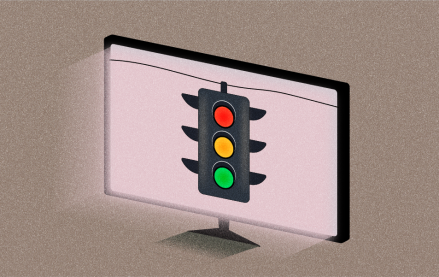
This article is a WTF explainer, in which we break down media and marketing’s most confusing terms. More from the series →
This video is sponsored by Index Exchange. For more information about sell-side decisioning, check out this report.
A lot of decisions are made between the time someone shows up on a website and when an ad loads on the page. But many of those decisions are left up to advertisers and the demand-side platforms they deploy to do their programmatic ad buying. Fewer decisions are made by publishers and the supply-side platforms they use to sell impressions.
But it doesn’t have to be that way. With programmatic processes speeding up, publishers and SSPs can do more merchandising of impressions before they are put up for auction. This merchandising can take different forms — such as setting price floors, adding contextual signals and affixing brand suitability scores to a bid request — all of which can fall under the umbrella term of sell-side decisioning, as the video below explains.
Index Exchange did not have any input or approval over the video’s editorial content.
More in Media

What publishers are wishing for this holiday season: End AI scraping and determine AI-powered audience value
Publishers want a fair, structured, regulated AI environment and they also want to define what the next decade of audience metrics looks like.

Media giant Essence launches a marketplace for Black women-led brands
Essence has launched WeLoveUs.shop, a new online marketplace dedicated to Black women-led brands.

In Graphic Detail: The state of AI referral traffic in 2025
The stats reveal a new audience pipeline forming outside of traditional search and social platforms.








